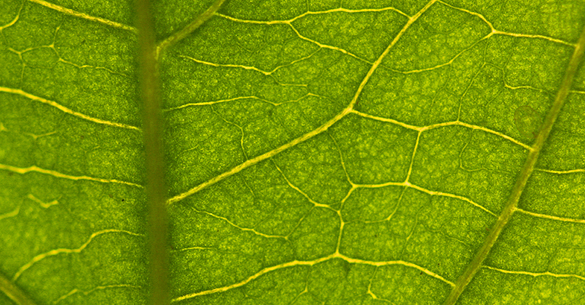
Hold a leaf up to the sun and you will clearly see the veins used for fluid transport in the plant. Both the phloem and xylem forms of sap flow through these veins.
Sap is the life’s blood of a plant. There are actually two kinds of sap in a plant. Phloem (FLOWM) sap is the more nutrient rich form, and flows from the leaves bringing sugars and hormones to nutrient-hungry parts of the plant, such as the stem and roots. Xylem (ZY lum) consists mostly of water, mineral elements and (low levels of) nutrients. It generally flows from the roots to the stems and leaves of plants. Different vessels inside the plant stem, branches and leaves carry phloem and xylem fluids.
Most sap-feeding insects feed on phloem sap, although there are some insects that feed on xylem fluids. Because phloem and xylem are relatively nutrient-poor compared to the fruit or vegetative parts of plants, sap-feeding insects typically ingest lots more water than they need. The result is lots of excretion! You may have noticed this if you’ve ever parked a car under a tree inhabited by sap-feeding insects. You see lots of sticky droplets on you nice paint and windshield. This sticky material is called honeydew, and it is merely sap from the tree that has been ingested by the insect with some of the nutrients removed. Honeydew production, and the sticky mess it makes, sometimes is more of a problem than the small amount of nutrientsremoved from the plant by sap-feeding insects.